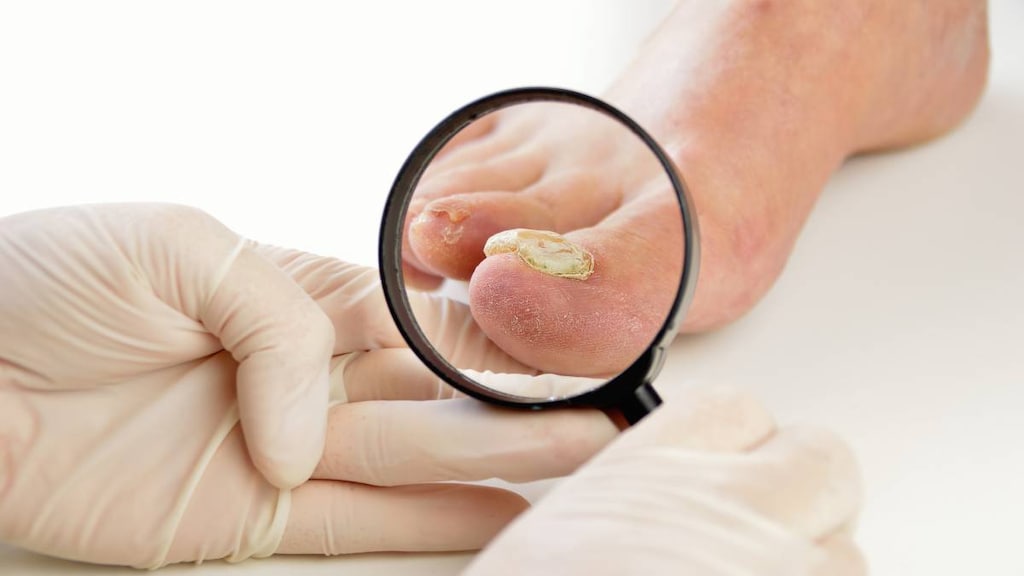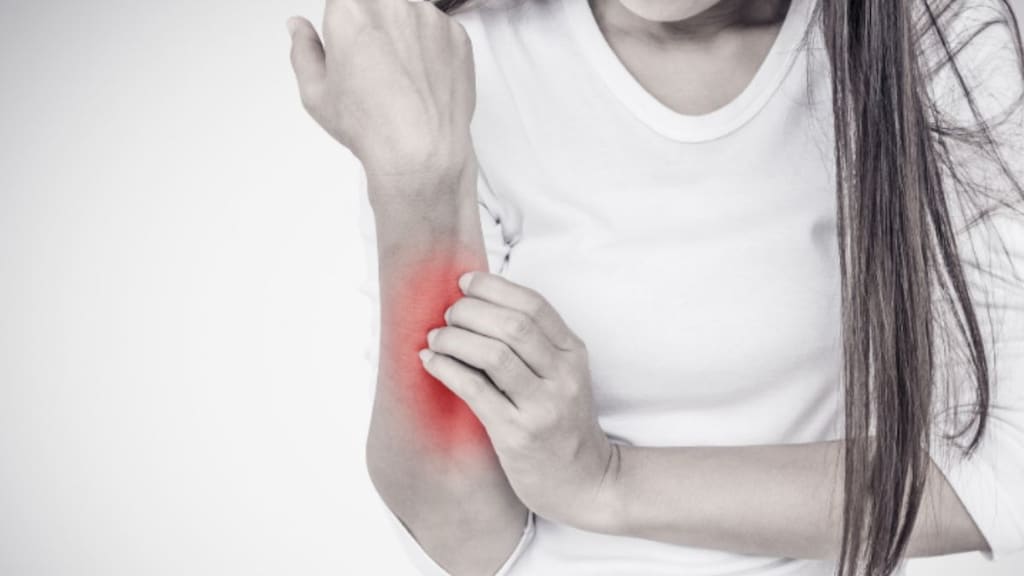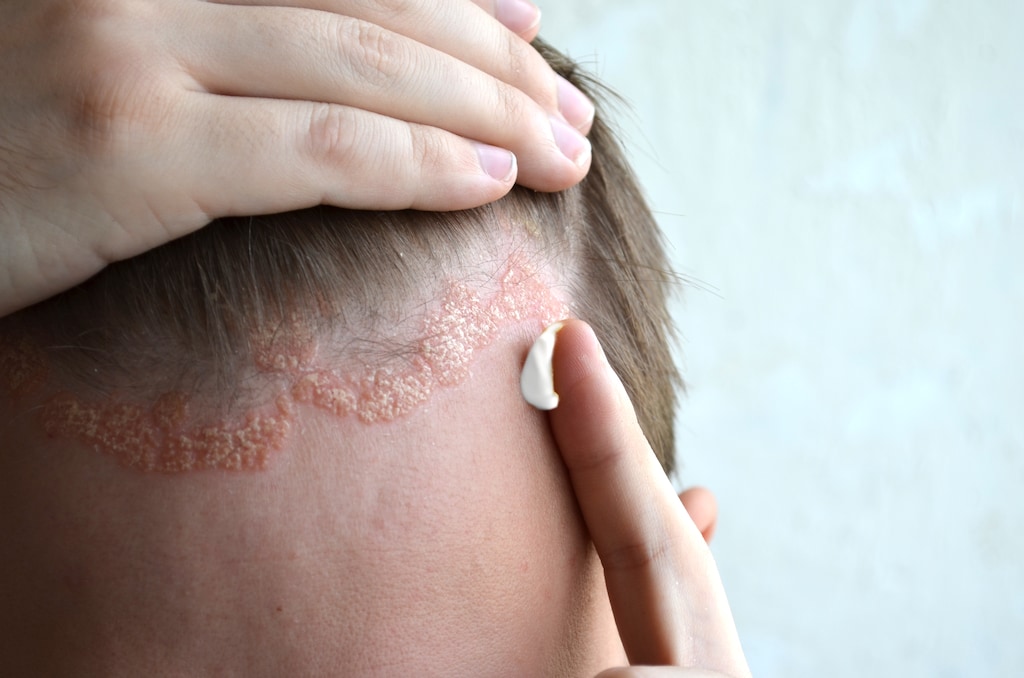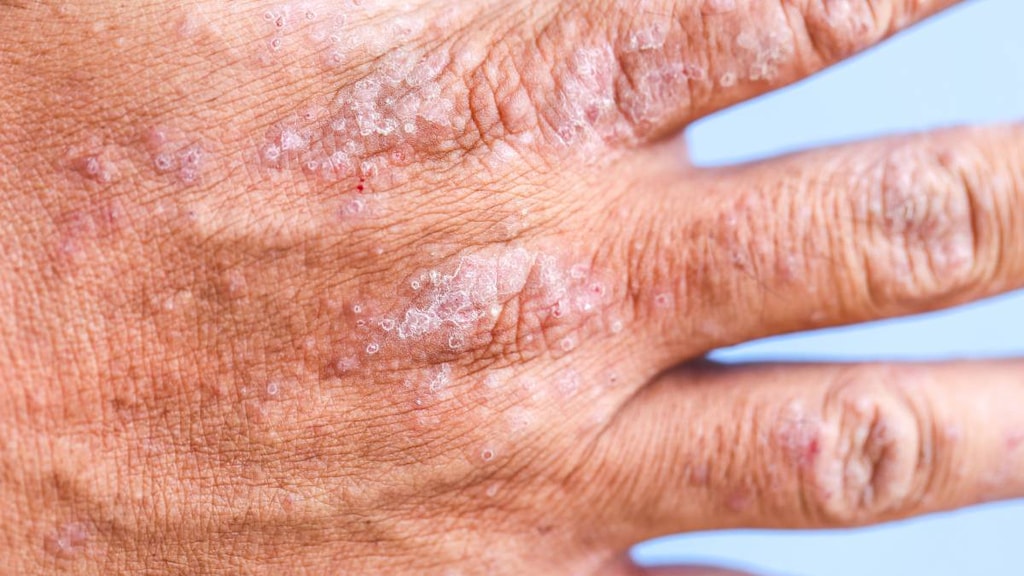Dosage Forms
Excipient information presented when available (limited, particularly for generics); consult specific product labeling.
Cream, External:
Topicort: 0.05% (60 g) [contains cetostearyl alcohol, edetate disodium]
Topicort: 0.25% (60 g) [contains cetostearyl alcohol]
Generic: 0.05% (15 g, 60 g, 100 g); 0.25% (15 g, 60 g, 100 g)
Gel, External:
Topicort: 0.05% (60 g) [contains alcohol, usp, edetate disodium, trolamine (triethanolamine)]
Generic: 0.05% (15 g, 60 g)
Liquid, External:
Topicort Spray: 0.25% (100 mL) [contains isopropyl alcohol, levomenthol]
Generic: 0.25% (100 mL)
Ointment, External:
Topicort: 0.05% (60 g, 100 g); 0.25% (60 g)
Generic: 0.05% (60 g, 100 g); 0.25% (15 g, 60 g, 100 g)
Pharmacology
Mechanism of Action
Topical corticosteroids have anti-inflammatory, antipruritic, and vasoconstrictive properties. May depress the formation, release, and activity of endogenous chemical mediators of inflammation (kinins, histamine, liposomal enzymes, prostaglandins) through the induction of phospholipase A2 inhibitory proteins (lipocortins) and sequential inhibition of the release of arachidonic acid. Desoximetasone has intermediate to high range potency (dosage-form dependent).
Pharmacokinetics/Pharmacodynamics
Absorption
May be increased with occlusion, inflammation, or vary with site of application
Metabolism
Hepatic
Excretion
Urine, feces
Use: Labeled Indications
Cream, gel, ointment: Relief of inflammation and pruritic symptoms of corticosteroid-responsive dermatoses
Spray: Plaque psoriasis treatment
Contraindications
Cream, gel, ointment: Hypersensitivity to desoximetasone or any component of the formulation.
Spray: There are no contraindications listed in the manufacturer's labeling.
Canadian labeling: Additional contraindications (not in US labeling): Untreated bacterial, tubercular, fungal, and most viral lesions of the skin (including herpes simplex, vaccinia, and varicella); ophthalmic use.
Dosage and Administration
Dosing: Adult
Note: Therapy should be discontinued when control is achieved; if no improvement is seen within 4 weeks, reassessment of diagnosis may be necessary.
Corticosteroid-responsive dermatoses: Topical: Cream, gel, ointment: Apply a thin film to affected area twice daily
Plaque psoriasis treatment: Topical: Spray: Apply a thin film to affected area twice daily
Dosing: Geriatric
Refer to adult dosing.
Dosing: Pediatric
Note: Dosage should be based on severity of disease and patient response; use smallest amount for shortest period of time to avoid HPA axis suppression. Therapy should be discontinued when control is achieved. If no improvement is seen within 4 weeks, reassessment of diagnosis may be necessary.
Dermatoses (steroid-responsive, including contact/atopic dermatitis): Topical:
Cream/gel: Children and Adolescents: Apply a thin film to affected area twice daily
Ointment: Children ≥10 years and Adolescents: Apply a thin film to affected area twice daily
Administration
Topical: For external use only. Apply to clean, dry skin and rub in gently. Wash hands thoroughly before and after use. Unless otherwise directed by health care professional, do not use with occlusive dressing.
Cream, gel, ointment: Avoid contact with eyes.
Spray: Avoid use on the face, axilla, groin, or in the presence of atrophy at the treatment site. Avoid heat, flame, or smoking when applying (flammable). For external use only. Discard unused portion after 30 days.
Storage
Store between at 20°C to 25°C (68°F to 77°F); excursions permitted to 15°C to 30°C (59°F to 86°F).
Spray is flammable; keep away from heat or flame. Prior to dispensing, insert spray pump into bottle and fasten tightly. Spray must be discarded 30 days after dispensing.
Drug Interactions
Aldesleukin: Corticosteroids may diminish the antineoplastic effect of Aldesleukin. Avoid combination
Corticorelin: Corticosteroids may diminish the therapeutic effect of Corticorelin. Specifically, the plasma ACTH response to corticorelin may be blunted by recent or current corticosteroid therapy. Monitor therapy
Deferasirox: Corticosteroids may enhance the adverse/toxic effect of Deferasirox. Specifically, the risk for GI ulceration/irritation or GI bleeding may be increased. Monitor therapy
Hyaluronidase: Corticosteroids may diminish the therapeutic effect of Hyaluronidase. Management: Patients receiving corticosteroids (particularly at larger doses) may not experience the desired clinical response to standard doses of hyaluronidase. Larger doses of hyaluronidase may be required. Consider therapy modification
Ritodrine: Corticosteroids may enhance the adverse/toxic effect of Ritodrine. Monitor therapy
Adverse Reactions
>10%: Endocrine & metabolic: HPA-axis suppression (psoriasis patients: spray: 8% to 22%)
<1%: Acneiform eruption, allergic contact dermatitis, atrophic striae, burning sensation, erythema, folliculitis (including folliculopustular lesions), hypertrichosis, hypopigmentation, local irritation, localized burning, localized vesiculation, maceration of the skin, miliaria, perioral dermatitis, pruritus, secondary infection, skin atrophy, xeroderma
Warnings/Precautions
Concerns related to adverse effects:
- Adrenal suppression: May cause hypercortisolism or suppression of hypothalamic-pituitary-adrenal (HPA) axis, particularly in younger children or in patients receiving high doses for prolonged periods. HPA axis suppression may lead to adrenal crisis.
- Contact dermatitis: Allergic contact dermatitis can occur; it is usually diagnosed by failure to heal rather than clinical exacerbation.
- Immunosuppression: Prolonged use may result in fungal or bacterial superinfection; discontinue if dermatological infection persists despite appropriate antimicrobial therapy.
- Kaposi's sarcoma: Prolonged treatment with corticosteroids has been associated with the development of Kaposi's sarcoma (case reports); if noted, discontinuation of therapy should be considered.
- Skin reactions: Local adverse effects (eg, atrophy, striae, telangiectasias, burning, itching, irritation, dryness, folliculitis, acneiform eruptions, hypopigmentation, perioral dermatitis, allergic contact dermatitis, secondary infection, and miliaria) may occur. Reactions may not be reversible and may be more likely to occur with prolonged use, higher potency corticosteroids, and occlusive dressings.
- Systemic effects: Topical corticosteroids may be absorbed percutaneously. Absorption of topical corticosteroids may cause manifestations of Cushing's syndrome, hyperglycemia, or glycosuria. Absorption is increased by the use of occlusive dressings, application to denuded skin, or application to large surface areas.
Disease-related concerns:
- Skin infections: Use appropriate antibacterial or antifungal agents to treat concomitant skin infections; discontinue desoximetasone treatment if infection does not resolve promptly.
Special populations:
- Pediatric: Children may absorb proportionally larger amounts after topical application and may be more prone to systemic effects. HPA axis suppression, intracranial hypertension, and Cushing's syndrome have been reported in children receiving topical corticosteroids. Prolonged use may affect growth velocity; growth should be routinely monitored in pediatric patients.
Dosage form specific issues:
- Spray: Flammable; avoid heat, flame, or smoking when applying.
Pregnancy
Pregnancy Risk Factor
C
Pregnancy Considerations
Corticosteroids were found to be teratogenic following topical application in animal reproduction studies. In general, the use of topical corticosteroids during pregnancy is not considered to have significant risk; however, intrauterine growth retardation in the infant has been reported (rare). The use of large amounts or for prolonged periods of time should be avoided (Reed, 1997).
Patient Education
What is this drug used for?
- It is used to treat skin irritation and psoriasis.
Frequently reported side effects of this drug
- Application site burning, itching, dryness, or irritation
Other side effects of this drug: Talk with your doctor right away if you have any of these signs of:
- Adrenal gland problems like severe nausea, vomiting, severe dizziness, passing out, muscle weakness, severe fatigue, mood changes, lack of appetite, or weight loss
- Cushing syndrome like weight gain in upper back or abdomen; moon face; severe headache; or slow healing
- High blood sugar like confusion, fatigue, increased thirst, increased hunger, passing a lot of urine, flushing, fast breathing, or breath that smells like fruit
- Skin changes like acne, stretch marks, slow healing, or hair growth
- Thinning of skin
- Signs of a significant reaction like wheezing; chest tightness; fever; itching; bad cough; blue skin color; seizures; or swelling of face, lips, tongue, or throat.
Note: This is not a comprehensive list of all side effects. Talk to your doctor if you have questions.
Consumer Information Use and Disclaimer: This information should not be used to decide whether or not to take this medicine or any other medicine. Only the healthcare provider has the knowledge and training to decide which medicines are right for a specific patient. This information does not endorse any medicine as safe, effective, or approved for treating any patient or health condition. This is only a brief summary of general information about this medicine. It does NOT include all information about the possible uses, directions, warnings, precautions, interactions, adverse effects, or risks that may apply to this medicine. This information is not specific medical advice and does not replace information you receive from the healthcare provider. You must talk with the healthcare provider for complete information about the risks and benefits of using this medicine.



